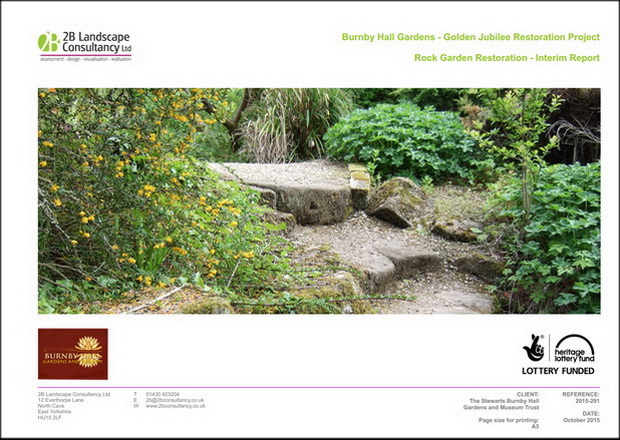

Image: 2B interim report cover for Burnby Hall Rock Garden Restoration
At first sight, clearing the vegetation completely and leaving such a large area (2000m²) fallow for a whole growing season may appear shocking to Burnby Hall Gardens visitors. Visitors wil be kept informed to explain the reasons for this approach, which are that:
- by removing all existing vegetation there will be an opportunity to expose and repair the base rock structure;
- keeping the site clear of planting for a full growing season will ensure that weeds are completely eradicated before the new, more delicate-sized, plants are planted.
-RestorationStrategy.png)
Image: 2B interim report strategy masterplan for Burnby Hall Rock Garden Restoration
This same strategy has been employed at Whinfell Quarry Garden, Sheffield - another Backhouse rock garden currently undergoing restoration. They are further down the line with their work as they are about to start their planting. We have been able to learn from the staff and students of the Landscape Architecture Department, at The University of Sheffield, who have been heavily involved with the Whinfell project.
Since we started the project at Burnby Hall Gardens, we have been delighted to discover other planned Backhouse rock garden restoration work at both York Cemetery and Scampston Hall - making this something of a renaissance! We have begun working with these other local projects, to ensure that we make best use of each others’ research, and reference each other in the completed projects. We intend that this will create a cohesive set of Yorkshire Backhouse Rock Gardens, so that visitors can understand the unique style that emerged from those prolific rock garden creators of 100 years’ ago, the Backhouses of York.
By Elizabeth Blackledge CMLI